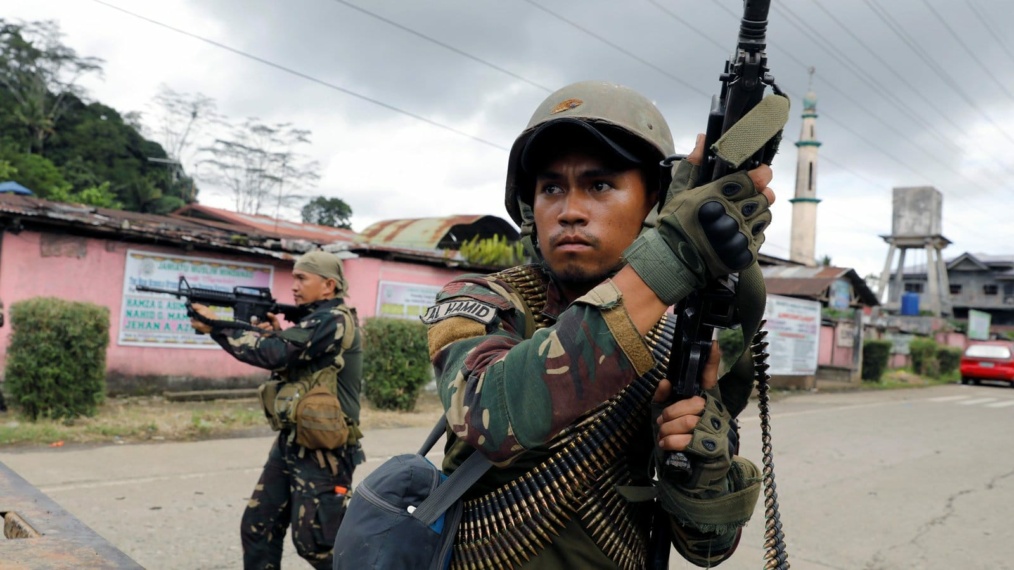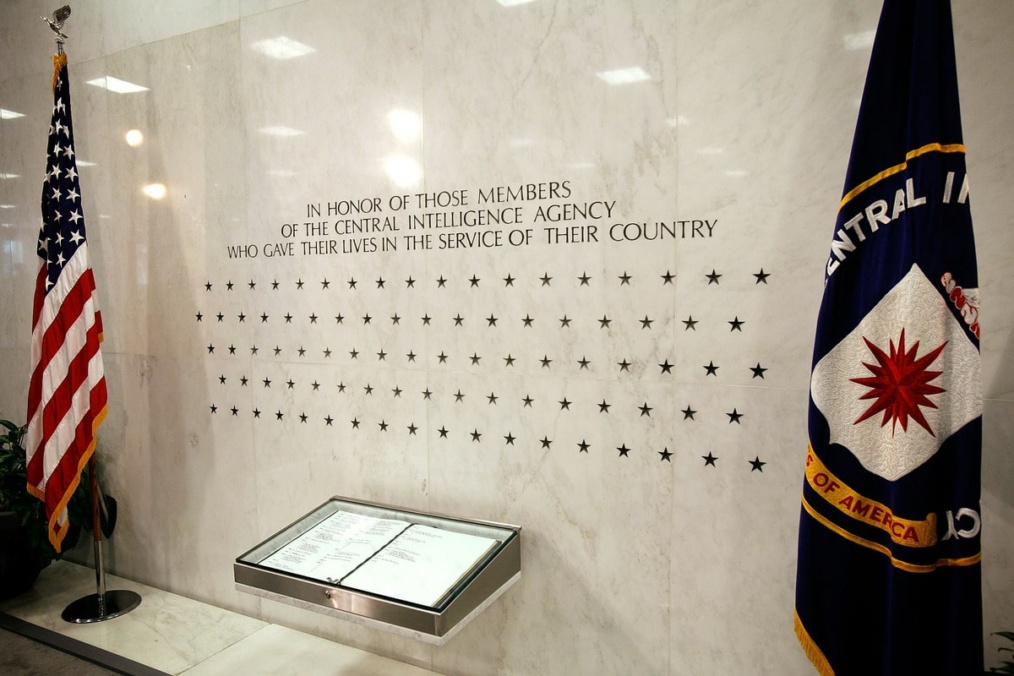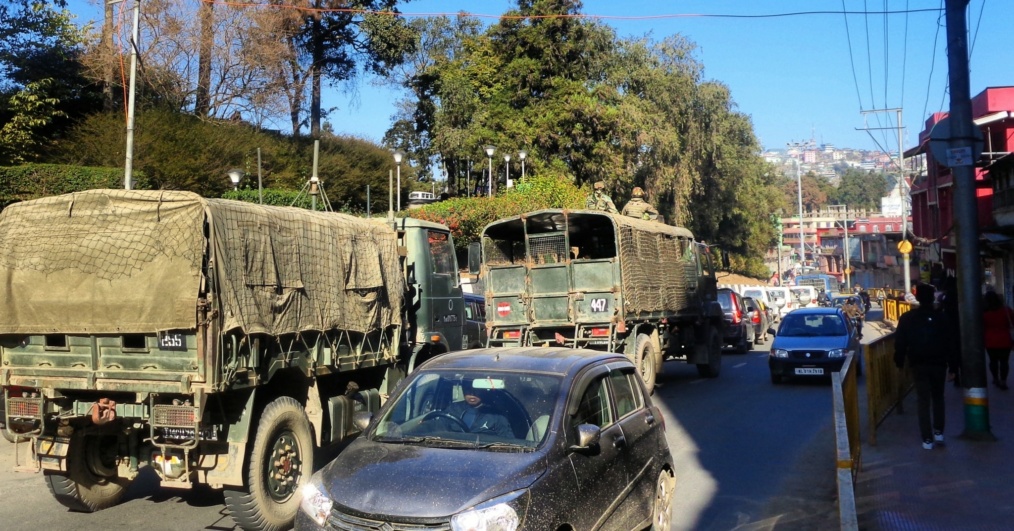Members of the Abu Sayyaf Group (ASG) come from a split of the Moro National Liberation Front, which was renowned as an active terrorist organization in the Philippines in the 1990s. Additionally, reports indicate that Al-Qaeda has funded and backed Abu Sayyaf. The organization is affiliated with Jemaah Islamiyah and specializes in kidnappings for ransom, bombings, assassinations, and extortion, and are responsible for numerous violent incidents between 2011 and 2018.
The ASG is concentrated in the Sulu Archipelago’s Sulu, Tawi-Tawi, and Basilan Provinces, with a strong and active presence in Mindanao. On occasion, members also travel to the capital of the Philippines, Manila. Unsurprisingly, the ASG has also been characterized as a criminal-like group because they are more profit-driven than philosophical. Most of its factions declared their allegiance to Daesh in 2014.
Abdurajak Janajalani, the group’s founder and senior leader, founded ASG in 1991. Janjalani studied in numerous Middle Eastern countries with the help of a so-called “fundamentalist organization.” He grew politicized and formed extreme ideas after studying and traveling in Libya, Saudi Arabia, and other nations. Janajalani encountered Osama Bin Laden in Pakistan, according to the Center for International Security and Cooperation, and may have been one of the fighters who defended Afghanistan against the Soviet invasion. He considered Bin Laden’s philosophical narrative a gift because of his strong links with the past and was inspired to bring the ideology back to his homeland, the Philippines.
So, what exactly is Janjalani’s objective in Mindanao, Philippines? Janjalani’s goal is to create and execute an Islamic territory in southern Philippines, and an independent Salafist Sunni Islamic organization dedicated entirely to the Moros moiety.
For many years, it was assumed that this small group was fighting against the governments of the United States, Spain, and the Philippines. They claimed they had been repressed, resulting in the Bangsamoro fight, which molded their historical narrative. Furthermore, in 2016, the Islamic State released a video in which four “battalions” of militants from the Abu Sayyaf vowed loyalty to the group, indicating a visible allegiance to the Islamic State.
Armed Forces of the Philippines’ (AFP) Comprehensive Efforts After the Marawi Siege
After the Marawi Siege in 2017, the Philippine government has increased its efforts to persuade ASG members to hand over their arsenal and surrender. A ground campaign had been implemented to retake the city of Marawi in southern Philippines, where militants connected with Daesh had assumed control, which resulted in a subsequent crackdown on the ASG leadership.
Since 2017, there has been a decrease in ASG-related incidents. According to statistics from the 11th Infantry Division, a Philippine defense force tasked with countering militancy in southern Sulu Island, ASG’s heartland; the number of militants operating in the area has reduced from around 300 in 2019 to about 100. Militant groups associated with Daesh reportedly lost foreign support in Sulu. “We are no longer monitoring fund transfers from the outside,” said Maj. Gen. Patrimonio, commander of the 11th Infantry Division of the Armed Forces of the Philippines.
Capitulation and Clash: Continuous Efforts of the AFP in Mindanao
In the province of Basilan, a follower of the ASG was killed in a quick shootout. On Friday, March 4, 2022, the clash occurred in Mangal village, Sumisip, as per Brigadier General Domingo Gobway, commander of Joint Task Force (JTF)-Basilan. According to Gobway, the forces were in the middle of a tactical operation when they were informed of the presence of Buloy Parang, an ASG supporter, in the Mangal village. Parang operated as a courier and anti-personnel explosive planter in the Sumisip area for the ASG alongside Pasil Bayali.
Army commanders reported that troops of the 41st Infantry Battalion tracked down and fought pro-Islamic State terrorists in a firefight in the village of Bungkaong in Patikul town on March 26, 2022, one of the Abu Sayyaf’s few surviving sanctuaries. There were no “issues of enemy fatalities,” but Patrimonio said soldiers found numerous items left behind by the insurgents, including one M16 automatic gun. According to him, no soldiers were seriously injured or killed in the incident.
On April 2, 2022, two suspected members of the ASG were killed, and nine others were injured in confrontations with government troops in the Basilan area. According to Brig. Gen. Domingo Gobway, head of Joint Task Force-Basilan, four of the nine casualties were soldiers from the 64th Infantry Regiment.
Since January 2022, there have been more than four reports of ASG surrendering or clashing with the AFP every month. Along with these stories, local governments have sponsored programs to attract militants to return to the folds of the law and bring peace together. Various reports have been made about prominent ASG officials surrendering. “Our struggle was going nowhere,” remarked Faizal engagements with government troops, as per the military, the first of which occurred in 2014. Several of the ASG’s trainees come from the communities where the militants take refuge. Furthermore, other senior leaders at ASG have either been killed or surrendered to the AFP.
What is Next for Abu Sayyaf?
The apparent absence of Islamist militant operations in Mindanao, the Philippines’ southernmost island, is beguiling. Militancy in the region appears to be on the wane in 2020 and 2021. The AFP besieged terrorist strongholds and welcomed large numbers of insurgents’ surrenders, mainly from the Bangsamoro Islamic Freedom Fighters (BIFF) and the ASG.
Following that, unsuccessful operations and the decapitation of global terrorist organizations like Al-Qaeda, Taliban, and ISIS, among many others, may have influenced the militant groups’ demise in the Philippines. Because these enormous organizations have also been crippled to their core, no support, allegiance, or finances have been shown to Philippine-based Islamic groups. Regardless of this gradual win, the presence of these groups is still evident. They may rise again, and may have spotted the right timing, for they still value their ideology. But then again, as long as the campaign against them is upheld, it might continuously dissolve in the coming years.
Kristian N. River, Counter-Terrorism Research Fellow





